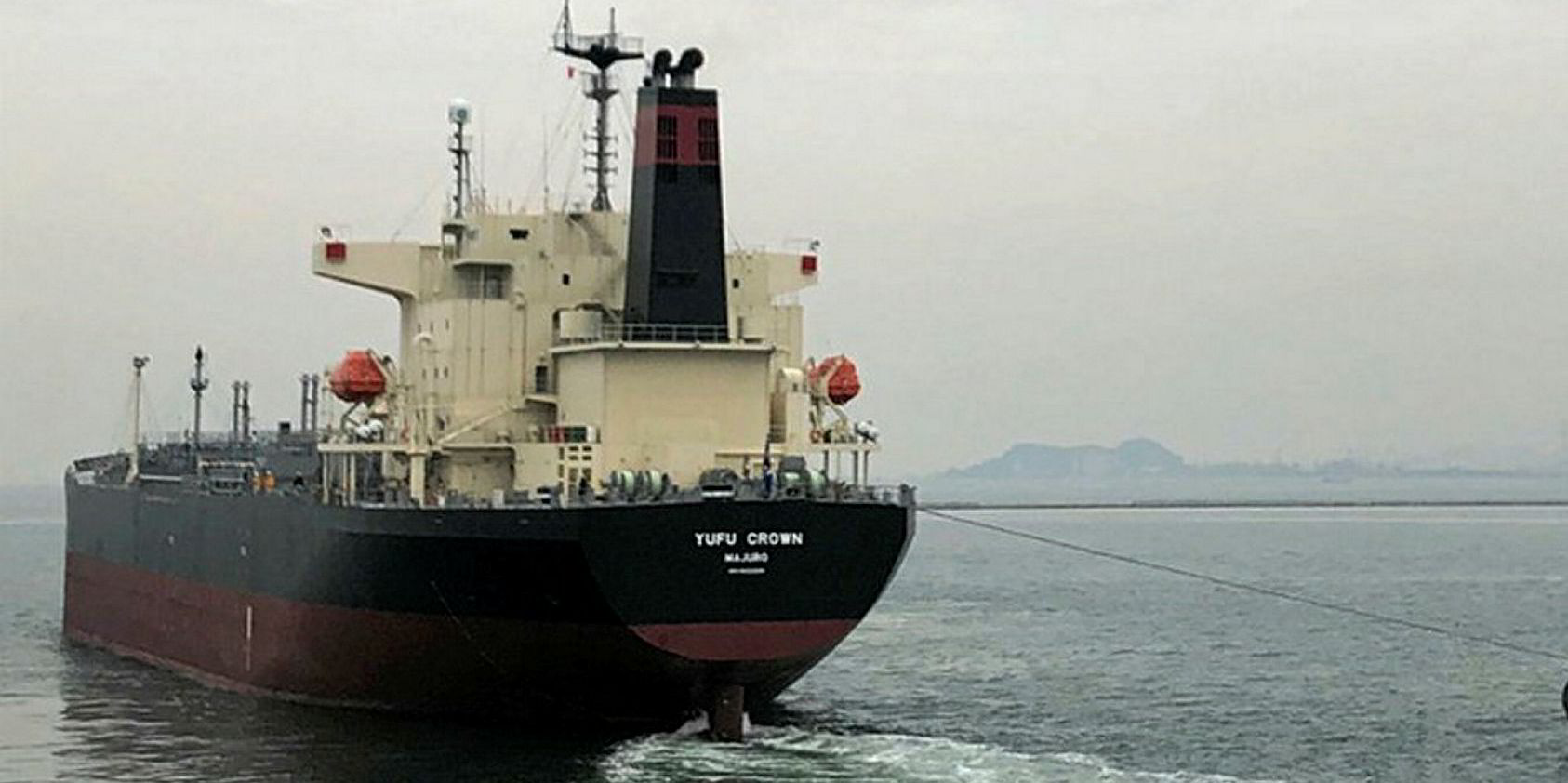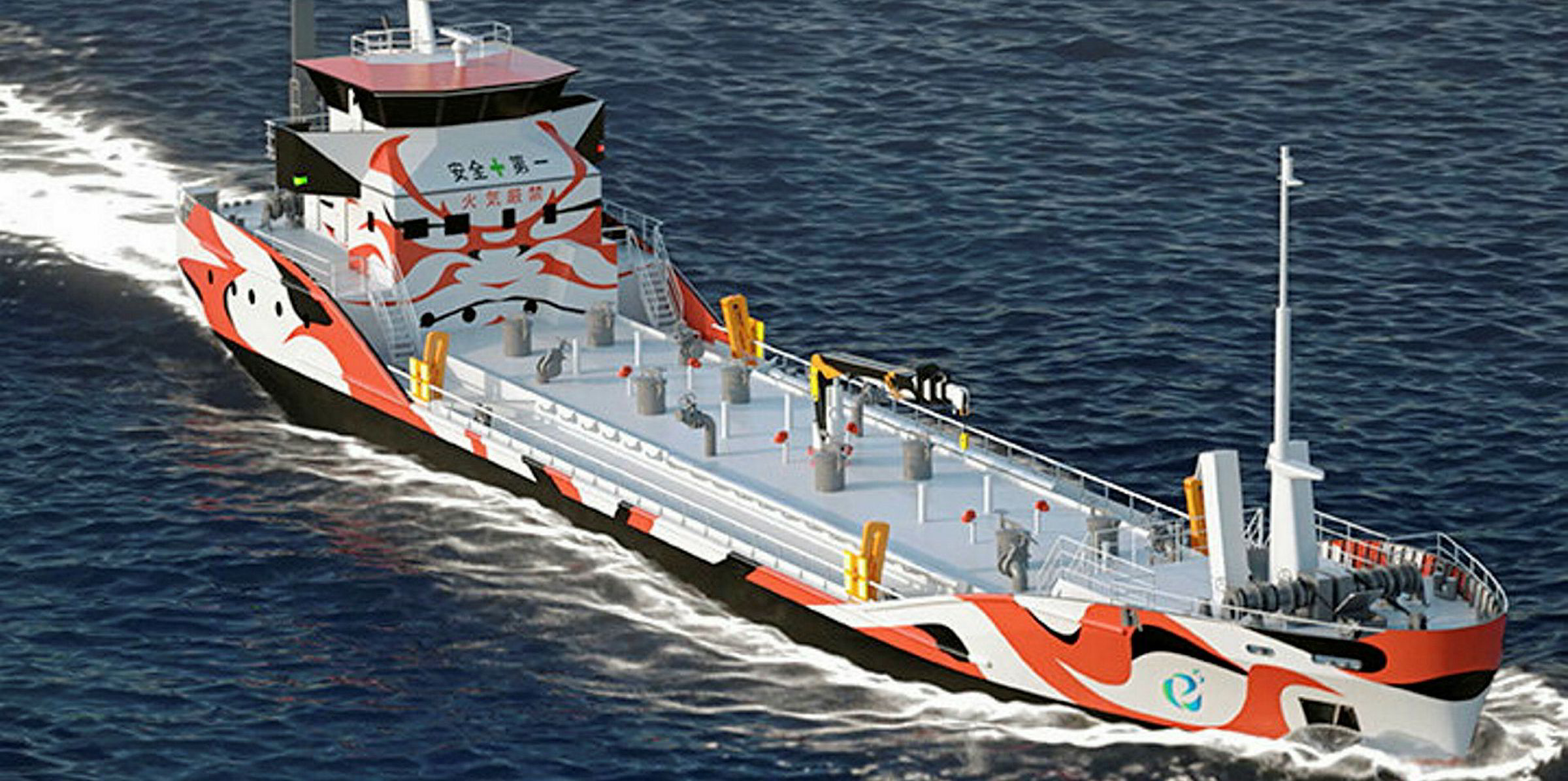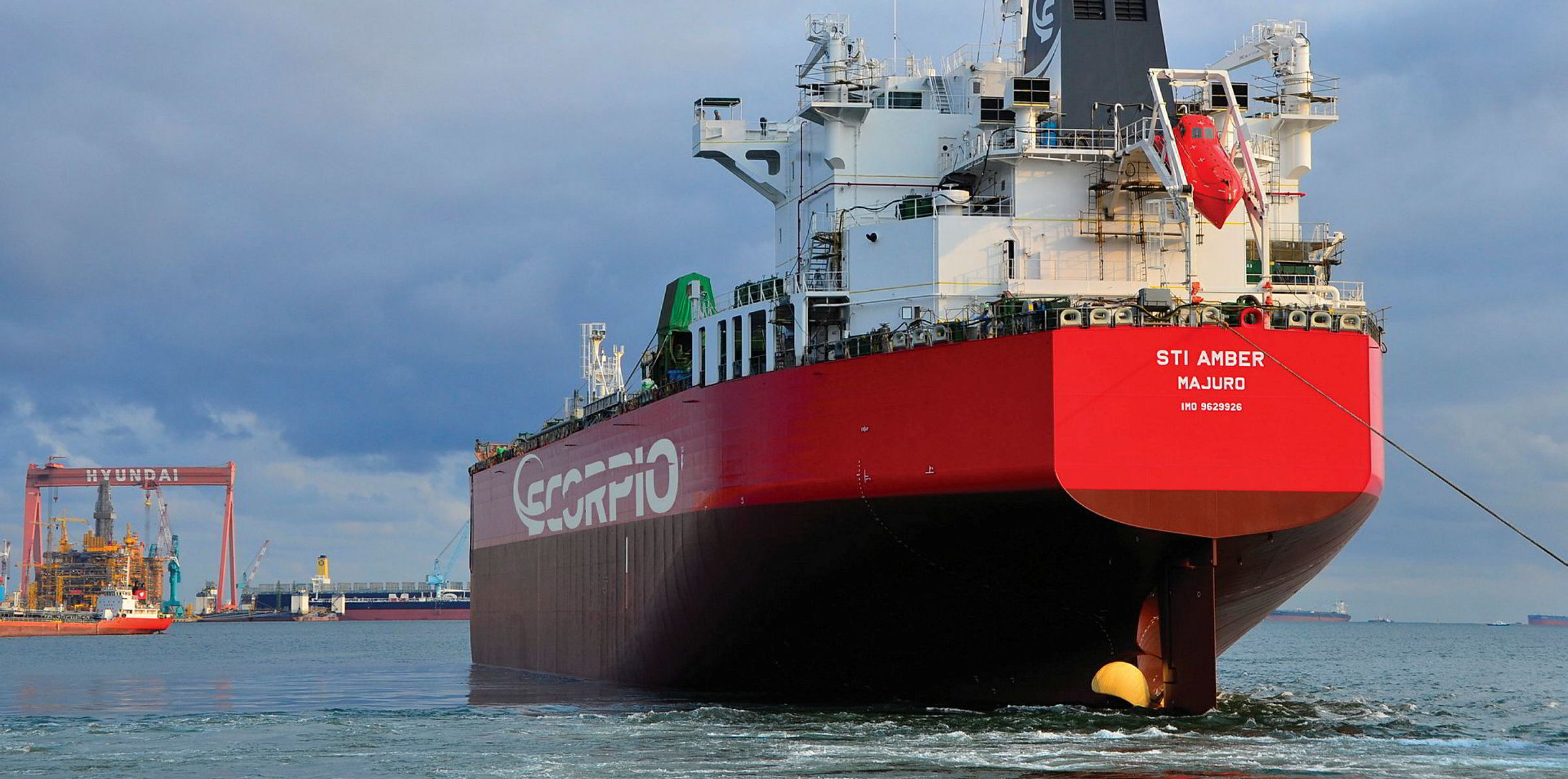Spot VLCC rates were rising further still on Monday after the period charter market experienced one of the busiest weeks in recent memory.
According to Tanker International, Unipec provisionally booked 297,900-dwt New Prospect (built 2009) at Worldscale 200 for a voyage charter from the Middle East Gulf to China, with a loading date between 17 and 19 April.
Similar deals were done at between WS 185 and WS 190 last Friday.
On a time charter equivalent basis, the fixture can be translated into daily earnings of $225,534 per day on a round-voyage basis, up 26% from last Friday’s reading on the Baltic Exchange.
Market players suggested the latest rally was driven frantic trading in the period charter market, where oil firms rushed out to fix vessels for floating storage use and removed large tonnage from spot trading.
“The primary driver to incremental floating storage is arbitrage profit potential as a function of the contango in oil prices,” Stifel said.
With Opec launching a price war as global oil demand collapses during the coronavirus pandemic, Stifel expects the six-month oil contango could widen to at least $15 per barrel, justifying a VLCC floating storage date at $160,000 per day.
Very busy week
Data from Braemar ACM showed 15 VLCCs, 11 suezmaxes, five aframaxes and three LR1s were booked last week, nearly of them on six- or 12-month charters.
Among the reported fixtures, Shell booked Dynacom’s 300,000-dwt Eliza for six-month storage use at $120,000 per day. Olympic Shipping time chartered out up to five VLCCs and one suezmax, but details were sketchy.
Frontline and Cosco Shipping Energy Transportation were also said to fix three of their VLCCs on six-month charters at $100,000 per day.
“The period market has gone into a feeding frenzy as we looked to finish up the week,” the brokerage said.
In the suzemax segment, Nordic American Tankers secured $55,000 per day for two unnamed suezmax tankers at $55,000 per day. Trafigura fixed 158,000-dwt Melodia (built 2011) for $45,000 per day on a six-month charter, which can be extended by another six months at $48,000 per day.
As for smaller segments, three aframaxes were fixed for six months at $40,000 per day. Equinor was said to take 65,000-dwt Stena Paris for storage use at $20,500 per day.
The 75,000-dwt Hafnia Europe (built 2006) was reportedly chartered by Qatar Petroleum for 30-day floating storage, but shipowner Hafnia said the information was incorrect.
Trafigura, Shell and Dynacom declined to comment on the fixtures. TradeWinds has approached other shipowners and charterers for verification.
“VLCCs are of course the preferred choice for floating storage, but it can be viable on other sizes,” a London-based analyst said.
“It comes down to how expensive the VLCCs get versus other sizes. Right now the contango is so wide, it’s supporting all sorts of trades.”
Bramar ACM said the MR segment could be the next to watch out for, as “numbers and vessels are being pushed in abundance”.
Lasting till year-end
Looking forward, the brokerage’s analyst Anoop Singh expects crude floating storage to last for between six and nine months.
In the previous re-stocking cycle from 2014 to 2016, about 1.5m barrels per day (bpd) of crude to 2m bpd were in floating storage. This year oil firms would require “up to twice” the vessels they did then, Singh estimates.
“Crude floating storage…is likely to build well before onshore tanks are full,” Singh said. “We do expect crude in large-scale floating storage by the end of second quarter.”
“The trajectory from there, though, is highly uncertain. At the broadest level it will have to involve long-term scale back of high-cost crude production and a return to demand growth.”
“We expect the crude forward curve to flatten sometime during the fourth quarter of 2020 and first quarter of 2020, and for floating storage to unwind rapidly in line with a weakening contango.”








